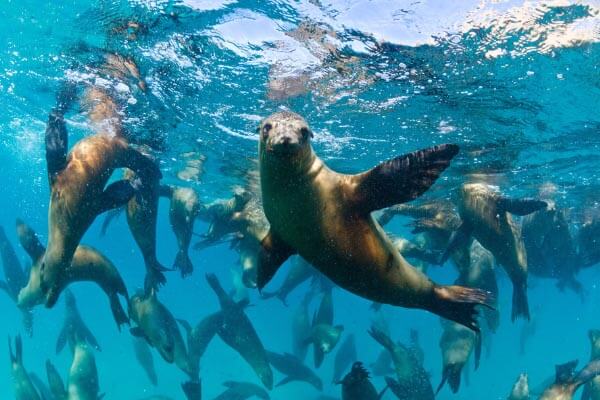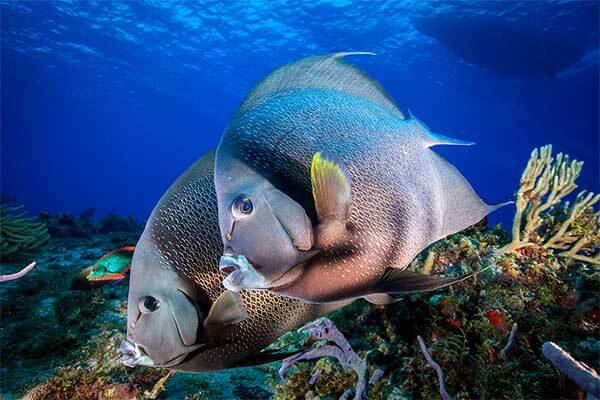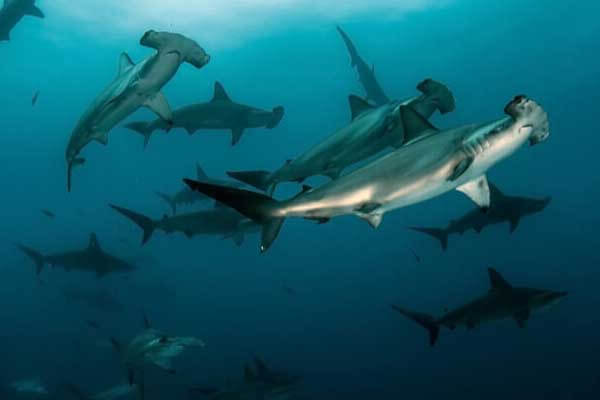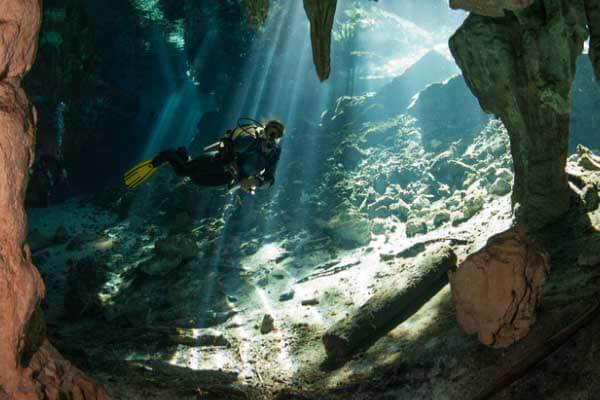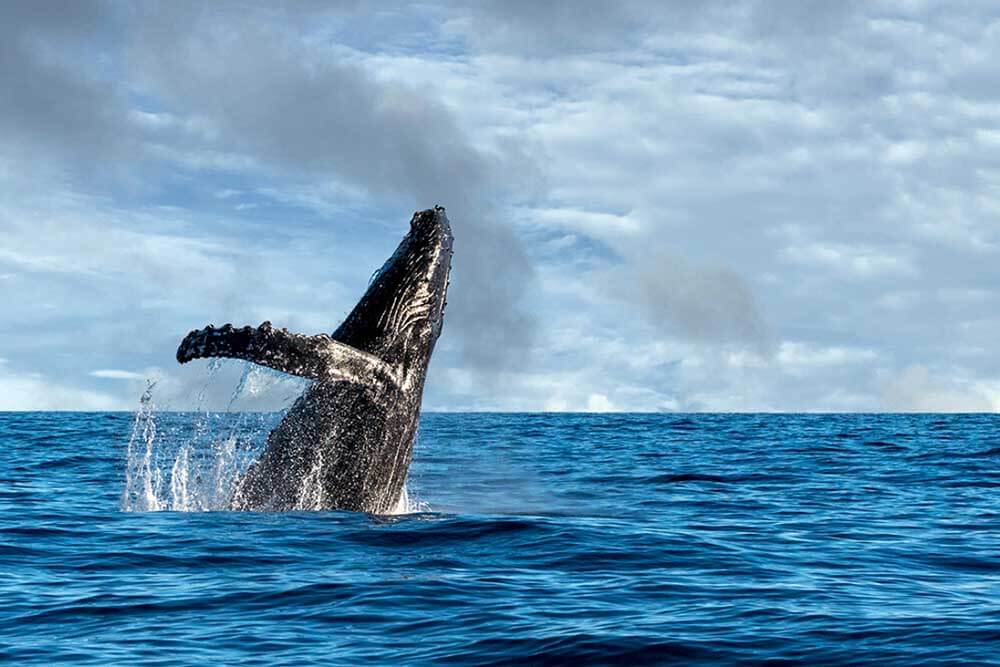
Mexico’s Pacific coastline is sometimes overlooked by divers whose heads are turned by the world-class sites found on the Caribbean side of the country and at offshore islands such as Revillagigedos. However, there is much to recommend the west coast of mainland Mexico, not least its environmentally protected sites, the well-established tourism and the opportunity to see large pelagics, including whale sharks and manta rays, at sites such as the Marietas Islands – a favourite with the legendary godfather of diving Jacques Cousteau.
PUERTO VALLARTA

Divers looking for good-quality diving on the west coast will naturally gravitate towards Puerto Vallarta where the Bahia de Banderas (Bay of Flags) provides a natural barrier to the currents moving up and down the Pacific coast. The area has several scuba diving operators along with a number of well-established sites. Further south at Acapulco there are also a number of dive sites, many of which are located within Acapulco Bay.
The resort town of Puerto Vallarta is also famed for its beaches, watersports and nightlife, so there is plenty to keep you entertained topside.
It’s a friendly but busy city – those looking for quiet solitude would be better placed looking elsewhere, but if you’re after a fully resourced tourist town you’ll be very satisfied.
Tourism first came to the town in the 1960s when legendary filmmaker John Huston filmed The Night of the Iguana at nearby Mismaloya. The film starred Richard Burton who was having an affair with Elizabeth Taylor at the time, which brought huge media interest to the town.
Diving tends to be from small boats that will take you out for two tank dives and most dives are concentrated in the bay itself – there is a stretch of sites located in the south of the bay and then a few further of offshore in the north of the bay around Islas Marietas. As with other parts of Mexico, drift dives are the order of the day.
Although an all-year-round destination, summers can be rainy. The dry season is from November to April, but should you wish to dive with giant manta rays, conditions are at their best between July and November.
Drop offs, shallow reefs and coves, pinnacles and volcanic rock formations, make the diving here varied and attractive, but there is little in the way of wreck diving at recreational depths and few technical centres that will take you deeper.
However, the prospect of having some wonderful marine life encounters more than makes up for this. During the winter months humpback whales migrate from Alaska to procreate and raise their young in the warm protected waters of the bay and can be seen fin flapping and lob tailing.
DIVE SITES
Las Marietas
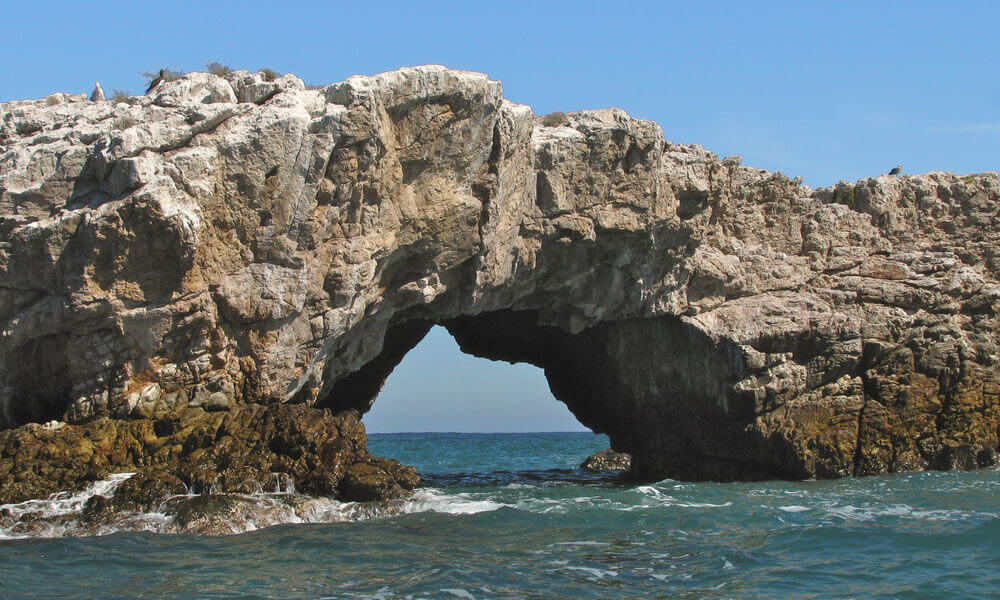
Five miles south of Punta de Mita in Banderas Bay, the islands are an hour boat ride from Puerto Vallarta. Las Marietas is UNESCO bioreserve and in order to protect its fragile ecosystem since May 2016 the islands and its beaches have been off limits to the public. Operators provide a variety of different dives and the Marietas have a number of cleaning stations where at certain times of year there is a very good chance of seeing giant oceanic mantas. At La Redonda (Round Island) there are three swim-through tunnels and a vertical wall at the southern tip of the island that drops some 30m deep. As you drift along the wall you’ll find several swim-throughs and pinnacles.
Los Anegados
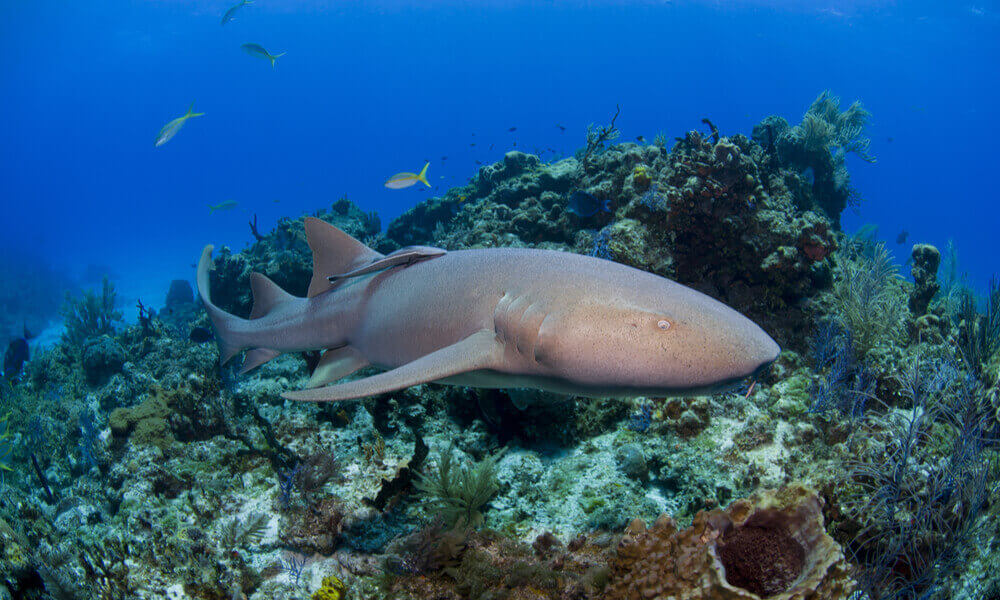
A mile or so to the west of Las Marietas is this shallow site on the edge of the bay that is often dived as a second dive after nearby site El Morro. A rocky slope at about 10m provides interesting underwater topography and on the sandy bottom you can see rays and eels. The maximum depth is 25m and the site is particularly well known for the nurse sharks that frequently put in an appearance.
El Morrro
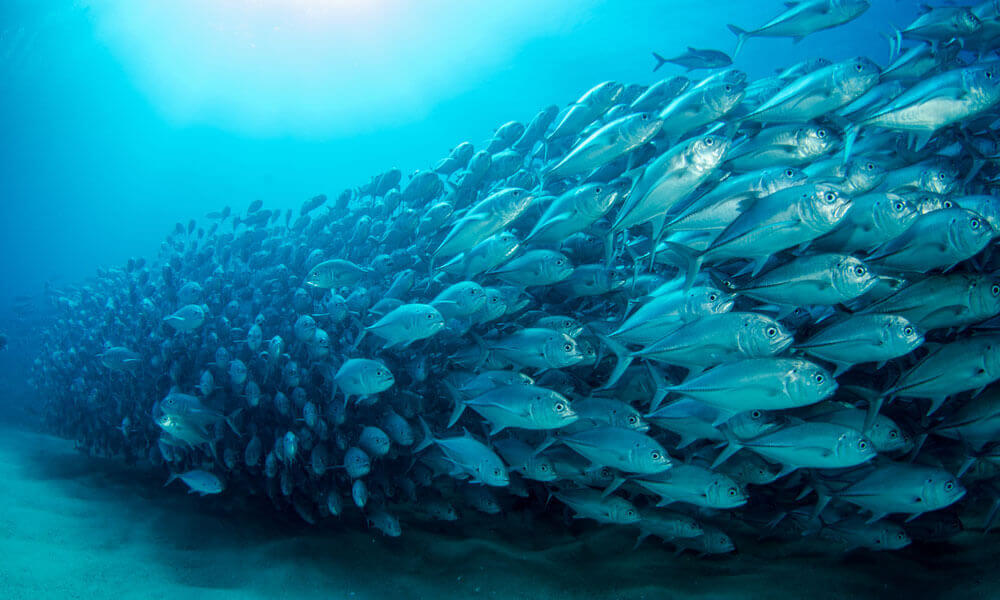
Just outside the protection of Banderas Bay, El Morro is one of the area’s best dives with the chance to explore underwater caves and pinnacles and to spot reef regulars such as Moorish idols, turtles, bass, grunts and wrasse, as well as occasional pelagic wanderers such as whale sharks, oceanic mantas, sailfish, dolphins and schools of jacks. This site is for experienced divers only, and should you wish to penetrate the sea cave you’ll need to be appropriately trained. Once inside, the granite walls of El Morro are covered with invertebrates such as sea fans, corals and sponges, as well as many species of crab, shrimp, nudibranchs and octopus.
Los Arcos

One of several diving locations in the southern part of the bay, Los Arcos consists of a small cluster of rocky islands and is a popular destination with local dive centres. Los Arcos forms part of a marine reserve and has depths of between 9 and 480m, the deepest in the bay. There are several sites available that suitable for divers of different levels. Sites include the 40m deep Devil’s Canyon, where you will see large grouper, schools of tuna and sea turtles. And the Aquarium, a shallow site perfect for beginners where you can see schools of angelfish, pufferfish, butterfly fish, parrotfish, seahorses, trumpetfish, sea turtles and at times large manta rays. Dolphins have also been seen here on occasion.
El Chimo
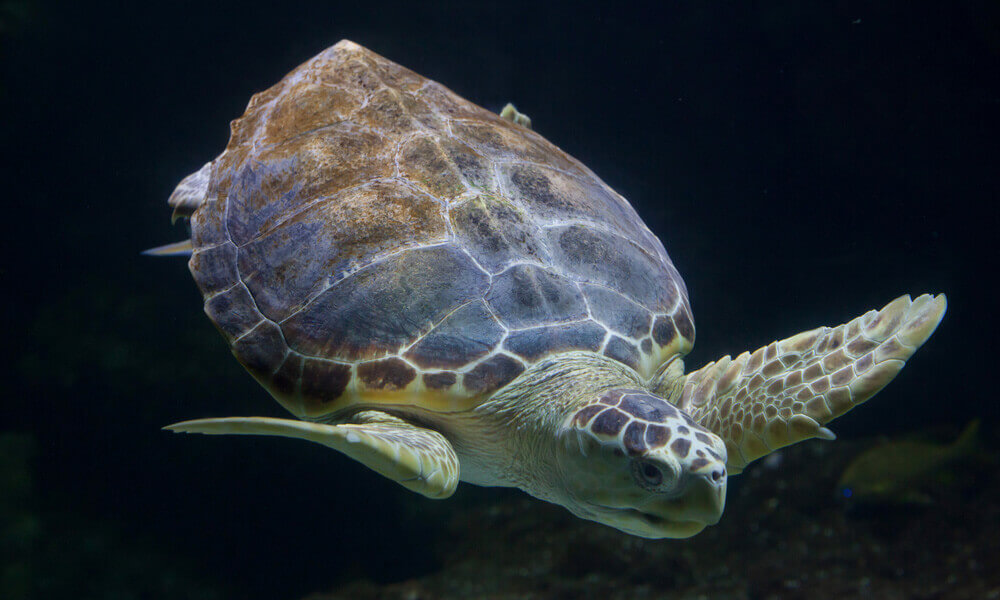
Named after a nearby fishing village, this site has an impressive drop-off and strong currents that attract a variety of pelagic visitors, including humpback whales and whale sharks in the summer. Dolphins also frequent the area and there are resident loggerhead and green turtles.
ACAPULCO

Packed with hotels, restaurants, nightclubs and beaches, the famous city of Acapulco still dines out on its reputation as a party town, a reputation built during the 1950s and 1960s. While divers would not necessarily seek it out as a diving destination, there remains plenty to occupy any divers in town. Much of the diving takes place in Acapulco Bay and farther out at sites near the island of La Roqueta, with everything from wrecks to drift dives available.
DIVE SITES
Rio De La Plata
This wreck of an Argentine-owned cargo vessel that was built in Italy went down in 1944 and is located in the centre of Acapulco Bay. The wreck is now covered in marine life, particularly macro species such as nudibranchs, but also notable black coral and larger species such as rays and moray eels. With a maximum depth of 30m it is recommended as an advanced dive.
La Reina De Los Mares
This unique dive near Playa de Caleta centres on a statue of the Virgin of Guadalupe that was designed by architect Hector Mestre and sculpted by Armando Quezada. The 2.5m tall statue attracts a variety of schooling fish.
El Guano, Isla de la Roqueta
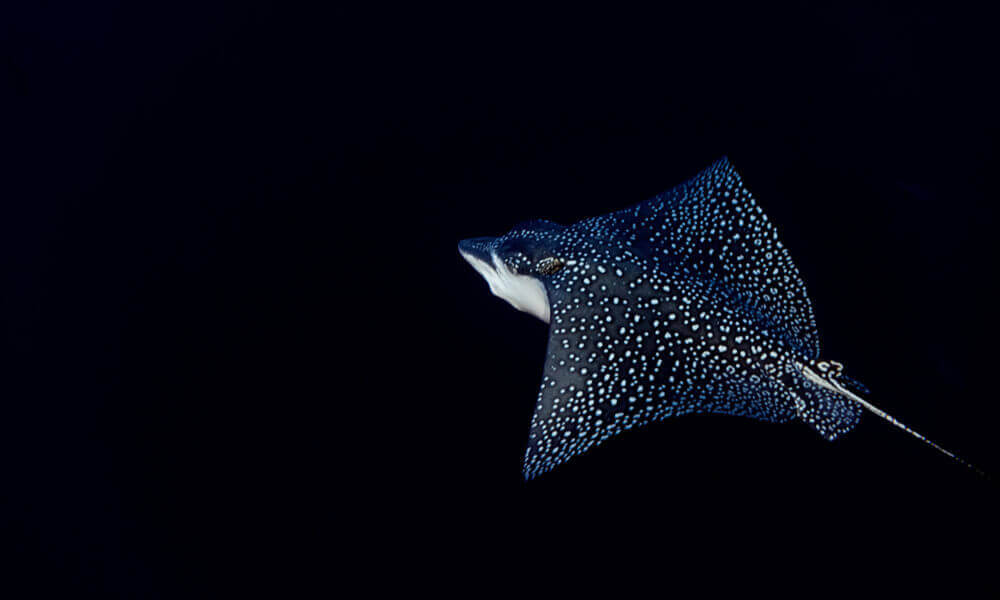
Named after a guano-covered rock that from a distance looks like a snow-capped peak, this site on the west of Isla Roqueta benefits from a steady current that attracts plenty of marine life and provides better visibility than those sites in the centre of Acapulco Bay. Expect to see plenty of action on this drift dive, with schooling fish, moorish idols, barracuda and eagle rays. On occasion, manta rays, whale sharks and even humpback whales have been seen.
MARINE LIFE
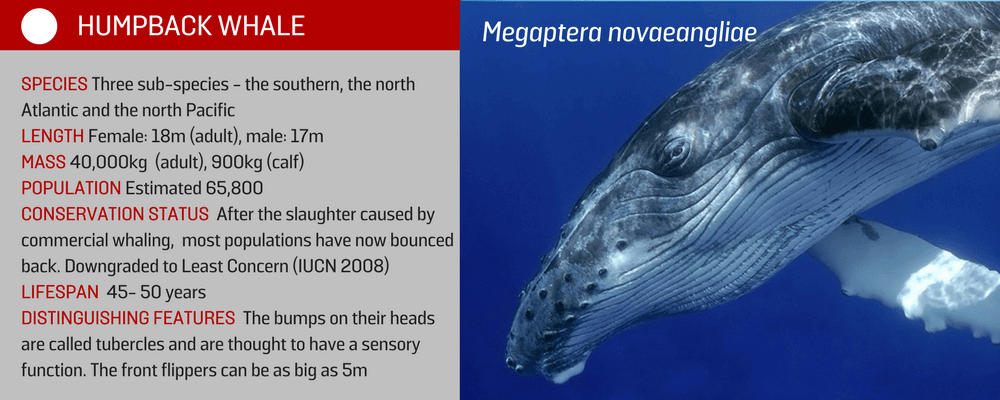
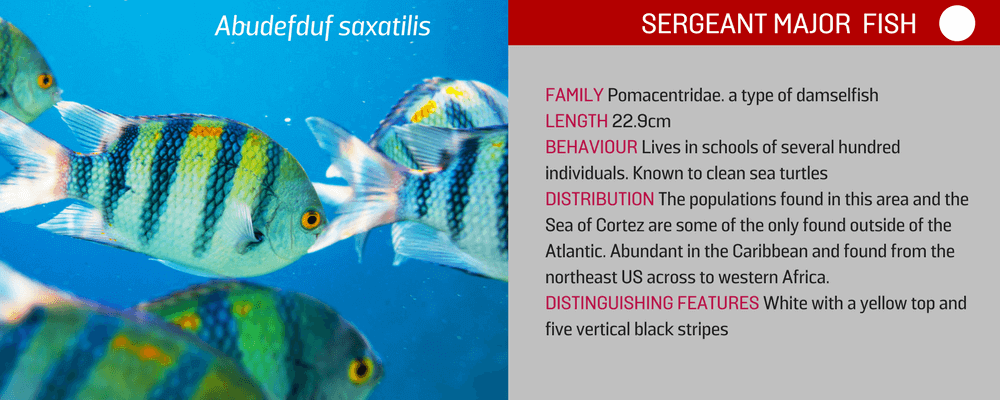
Explore more from DIVE’s guide to Mexico


